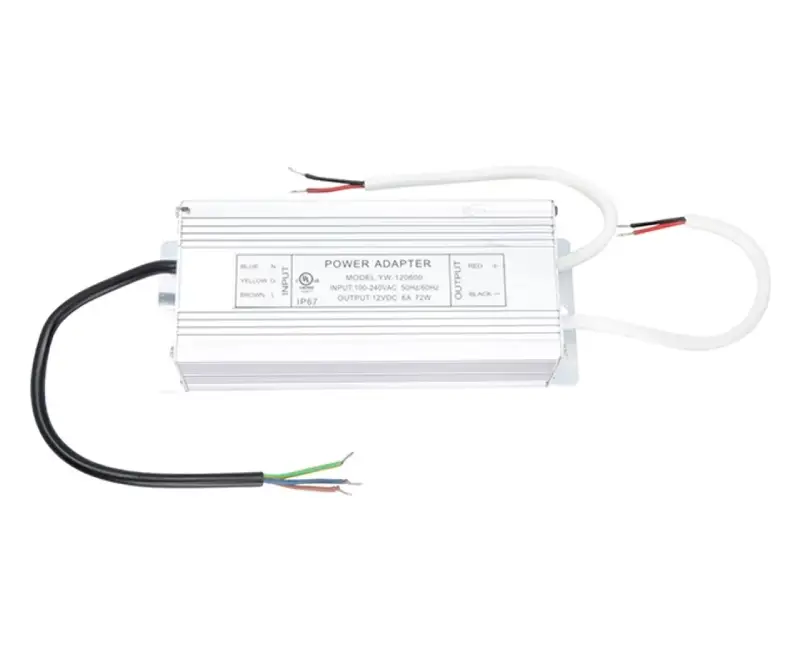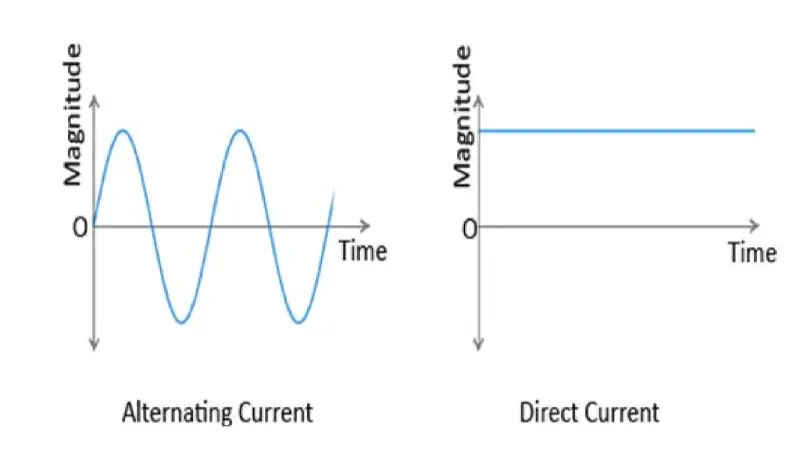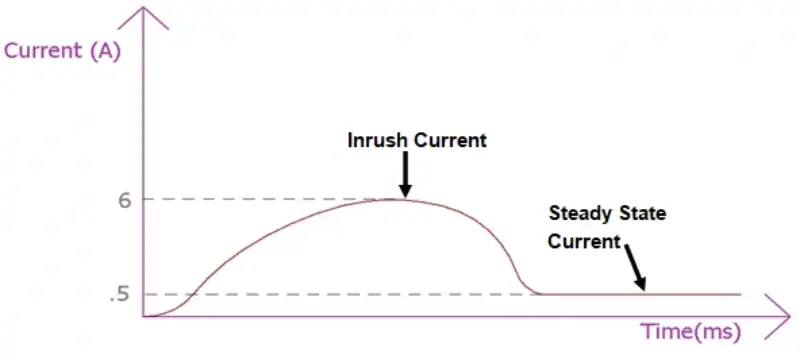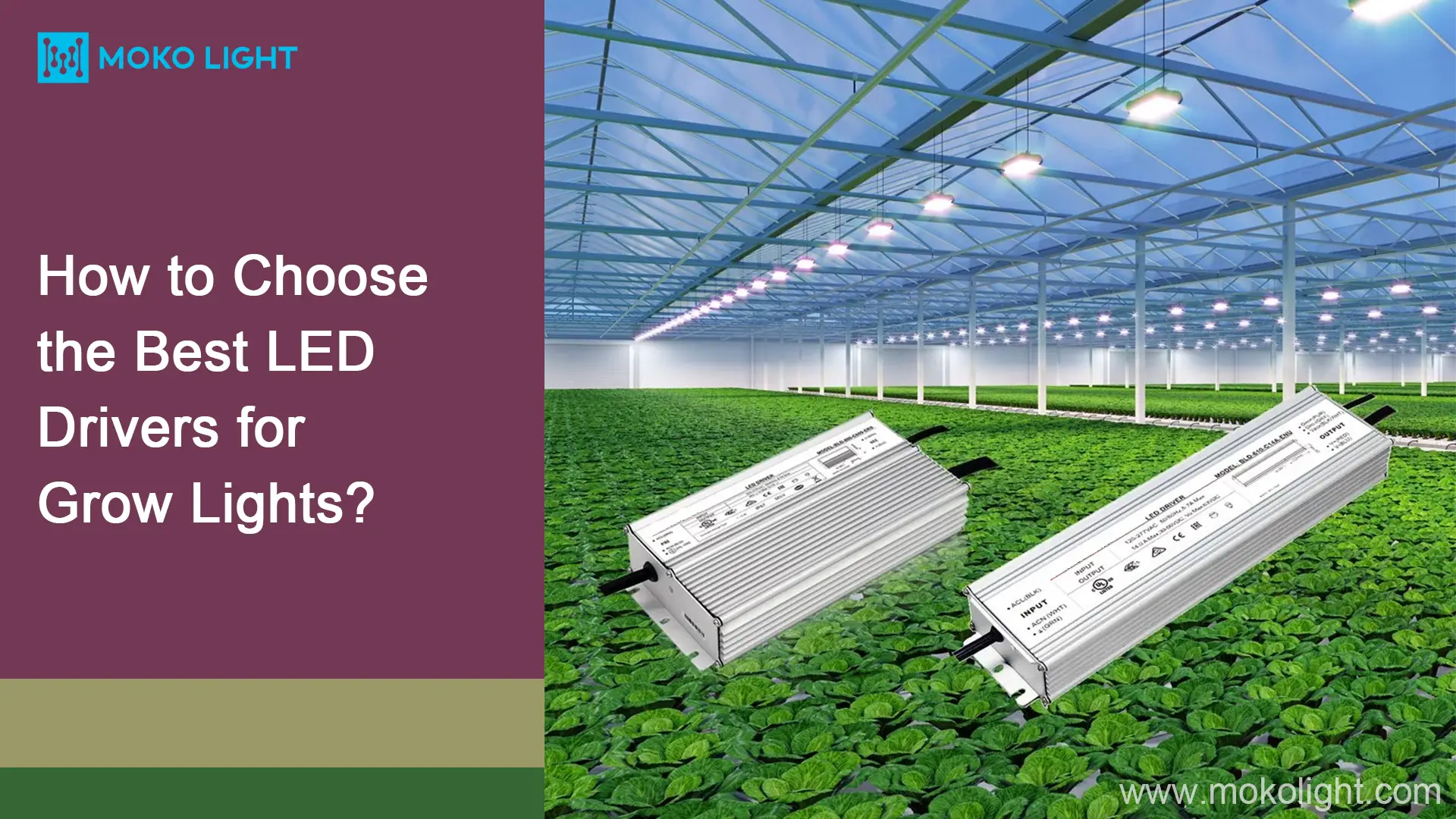À mesure que la température augmente, an DIRIGÉ‘s forward voltage, ou le nombre de volts dont une diode a besoin pour transporter l'électricité, gouttes. Par conséquent, the LED draws more current and heats up more and more, finally burning itself out. This is called “thermal runaway“. To avoid this, a driver is needed to alternate the current. Your LED will eventually burn out if you don’t use the right driver, thus endangering your crops in your grow room. This is why picking good Pilotes de LED for grow lights is crucial.
As you begin your investigation, you’ll learn that selecting the best driver involves a little bit more than just matching the wattage and voltage requirements. You should think about the setting in which your driver will be utilized. Does it require additional safeguards, such as waterproofing? Do you desire the option of dimming your lighting?
While selecting the ideal LED drivers for grow lights can seem a little difficult, you don’t need to worry. The experts at MokoLumière are here to help you.
Pourquoi jes jet jemportant to Choisir High-quality DIRIGÉ Drivers for Grow Lights?

Energy Cost Savings
LED drivers can provide an enduring light with a steady flow of electricity. Cependant, because less electricity is utilized in that regard, le energy savings are much smaller. The majority of appliances can save up to 75% of their energy costs. They are advantageous for large-scale commercial growing.
Longer Lifespan
A constant supply of power is necessary because the LED driver serves as the primary electrical supply for the LED itself. It extends the life of the LED and makes them more effective than conventional lights. The built-in driver frequently breaks first in ill-made LED light bulbs.
Better for Controlling LED Flicker
Visual flickering will be less noticeable when using a good LED driver with high-quality electronics. The flickering will become more noticeable as the driver begins to fail. This is an indication that the driver fails to manage the power flow. Light bulbs that are well-designed for cooling are evidence of this. Flickering is primarily invisible to the human eye since exterior power units are less affected.
Quoi UNre Common Types of LED Drivers?
LED drivers come in various types, each designed to satisfy certain needs and uses. Here are a few typical types:
Pilote de LED à courant constant
It maintains a steady current output to the LEDs, regardless of changes in the input voltage. It is frequently utilized when precise control of the LED current is necessary to ensure constant brightness and performance.
Pilote de LED à tension constante
Contrary to constant voltage LED drivers, constant voltage LED driver offers a stable output voltage while permitting the current to fluctuate. They are frequently utilized when several LEDs need a constant voltage source and are linked in parallel.
Dimmable LED Driver
This driver allows users to change the brightness of the lighting. Different techniques, such as 0-10V analogue control, PWM, or DALI (Digital Addressable Lighting Interface) protocols, can be used to control them. Dimmable LED drivers contribute immensely to energy saving.
AC LED Driver
This kind of driver aims at directly converting AC (alternating current) voltage to the needed DC (direct current) voltage for LED lights. They are frequently utilized in retrofit applications where there is already an existing AC infrastructure, removing the requirement for an extra AC-DC power source or LED driver.
Integrated LED Driver
An Integrated LED driver is included in the LED lights. Since the driver and LED are contained in a single unit, they provide a compact and streamlined solution. A lot of small-scale lighting devices like downlights and LED bulbs include integrated drivers.
High Voltage Direct Current
This technology is quite recent in the LED industry. To power a few dozen grow lights, it uses huge, distant, and more effective drivers. High voltage direct current lights have the main advantage of using Class 2 wire, which is safe for the average person to handle between the driver and fixture. Par conséquent, there is no longer a need to hire electricians in order to install high voltage direct current drivers. As a single driver is utilized for several fixtures, remote drivers can also lower the cost of the fixture.
These are only a few variations of LED drivers. The right LED driver should be chosen based on the input voltage, required dimming, the individual properties of the LEDs, and the like.
How to Select the Right DIRIGÉ Drivers for Grow Lights?

Constant Current vs. Constant Voltage
Every driver is either constant voltage (CV), constant current (CC), or both. The first thing you should think about while making a decision is this. Which one to choose will depend on the type of LED grow light and the specifications of the LED drivers’ data sheet. The two most popular drivers for LED élèvent des lumières are constant current drivers and constant voltage drivers.
Constant current drivers generate a constant current level regardless of the temperature outside. They employ sensor circuits that let the driver make the appropriate adjustments as the grow light’s internal temperature rises, controlling the current and averting thermal runaway. They seldom violate the maximum current recommended for LED illumination, which offers supreme protection against burnout and thermal runaway. Compared to other choices, they also have a tendency to produce lights that are continuously brighter.
Constant voltage drivers have a fixed output voltage range from 24 à 48 volts. They perform well with strip lights and are a more well-known technology among installation engineers. They may therefore be a better option for larger commercial growers. Constant voltage drivers often cost less overall, cependant, costs can vary depending on customer requirements.
Both constant current and constant voltage options may be available in some LED drivers. They typically run in constant voltage mode, switching to constant current mode when the output current goes beyond the specified current limit. This capability is appropriate for situations that call for a flexible LED driver.
Power Requirements
Output Voltage / Current
Think about your light’s voltage requirements first. Employ a 12-volt driver if your LED needs 12 volts to run; a 24-volt driver if it needs 24 volts, etc.. The current output of a constant-current LED, which is expressed in amps or milliamps, must also be taken into account when selecting a driver. En un mot, ensure that your LED driver will attain power outputs within your grow light specified range: take into account both voltage and current range when using constant-current drivers and voltage range when using constant-voltage drivers.
Tension d'entrée / Current
Suivant, take into account the location’s voltage supply, where you’ll be employing your light. Your driver must accept the input voltage of the area where you’re operating your light so it can scale it down to the proper output voltage. The typical voltage for conventional residences is 120 volts, but the majority of commercial or industrial facilities use 277 volts. If you’re unsure, it’s advisable to check with an electrician. Most drivers accept a variety of input voltages. Encore, the current input of the LED must be taken into account when selecting a driver for a constant-current LED.
Low Inrush Current

Since LED drivers are typically capacitive from the input side and vertical farming calls for high power density of the light up to 5kW per square meter, there can be very high inrush current once the system is powered on, and the inrush may lead to the MCB (Miniature Circuit Breaker), especially in the existing lighting system that used CACHÉ previously. The market for grow lights is especially in need of low inrush luminaires.
Dimmability
Perhaps you want to provide your plants with the most natural indoor growing environment possible, minimizing plant stress and maximizing crop health and production. To do this, you could simulate the sun’s natural rise and set. If you want to save money, you could want to turn the lights down while your crop is in veg and turn them back on when it’s time for fruiting or flowering. You could simply desire a little bit more control over your lights.
In either case, a driver with dimming capability is required for this. This can be accomplished either manually (usually using a toggle-style switch) or remotely. This functionality is typically only required for high-end LED lighting systems that demand precise light level control. Cependant, even if you buy an expensive LED grow light, you won’t be able to make use of its benefits if you don’t have dimming capabilities.
Max Wattage
Think about how much power your light needs. Select a driver whose maximum wattage is more than that of your light. A grow light that uses more than the driver’s maximum wattage or less than 50% of the driver’s maximum wattage is not wise.
Efficacité
Efficiency measures how much of the input power the driver can really utilize to power the LEDs. 80 à 85% is the typical efficiency range, but UL Class 1 drivers that can power more LEDs are often more efficient.
Facteur de puissance
How much of an actual power load the driver places on the electrical network is indicated by the power factor. The range of the power factor is from -1 à 1. The driver is more efficient if the power factor is closer to 1. A common benchmark for power factor is 0.9 or higher. In the absence of a power factor specification in a driver, it is assumed that the device has a low power factor, one that is below 0.9.
Life Expectancy
It’s crucial not to purchase foreign LED drivers with parts made at a low cost. Your LED lighting supplier will offer an extensive collection of high-quality, warranty-backed drivers. This provides you with more assurance in the event that the internal electronics are damaged.
Drivers will have an MTBF (Mean Time Before Failure) life expectancy measured in thousands of hours. You can determine the recommended durée de vie by assessing the operational level at which it’s being used. Running your LED driver at the suggested outputs will help it last longer and require less maintenance, saving you time and money.
Sécurité
IP Ratings
Users can learn from IP ratings how much environmental protection a driver’s enclosure offers. Protection against solid objects is specified by the first number, while protection against liquid bodies is specified by the second number. Par exemple, a driver with an IP67 classification, as shown in the chart below, is safeguarded against dust and temporary submersion in water.

The second digit is so important to grow lights. The humidity produced in grow rooms can cause serious damage to exposed electrical components whether you have one plant or a hundred. If you’re installing your LED driver somewhere like a bathroom, you should also make sure it’s waterproof.
UL Class 2 vs UL Class 1
Since UL Class 2 drivers meet UL1310 requirements, their output is regarded as safe to contact and no significant safety protection is needed at the luminaire level. Electric shock or fire is not a concern. These drivers work using less than 5 amps, less than 100 watts, and less than 60 volts (dry) et 30 volts (wet). These constraints place limits on the quantity of LEDs a Class 2 driver may run, despite making it safer.
UL Class 1 drivers have output ranges beyond UL Class 2. They produce high voltage and safety protection should be given inside the fixture. Compared with a Class 2 driver, a Class 1 driver is more efficient since it can support more LEDs.
Certifications
For US companies, always search for UL listing, and for European brands, look for CE listing. This indicates that these products have received safety and fire prevention certifications. This product certification seal confirms that brand certification has been accepted. For usage in homes and offices, any LED light or LED driver with these insignia on the product packaging is secure.
Energy Star Ratings
This listing serves as the benchmark for all energy-efficient products. You may check the rating of your driver to determine how well it performs. It provides a quick estimate of how much you can save on electricity. En plus, it provides the Kilowatts that the product will consume annually. Only when they are fully assembled in a kit form do LED drivers have an energy rating. The Energy Star rating will appear anywhere on the box.
Easy Controllable or Programmable
Since photosynthesis and light output are connected, we should theoretically be able to better regulate LED brightness. At differ stage of growth, plants will need various amounts of light exposure and light spectra to tailor their exact needs. Ce, a controlled LED driver is crucial.
Easy Connection
Traditional waterproof light systems use M12 connectors, while traditional grow light markets use RJ12 connections. Growing numbers of growers are now realizing that M12 is a much more reliable connector than RJ12, but RJ12 continues to be the standard due to its low cost and simplicity of maintenance. Along with the simple adjustment knob option, MokoLight offers both solutions on the market.
Package/Encapsulation
Do you require an enclosure for your LED driver? Or will it be included in a device or system? Open-frame LED drivers are smaller and easier to integrate into your application, whereas stand-alone LED drivers are protected and given IP ratings by encapsulations.
Circuit Protection
Quality electronics definitely make a difference, even though the tiny electronic components found inside an external unit aren’t supposed to endure forever. The location of these heat-insulated circuits inside the driver will be important. This may be a sign of how long they will continue to function correctly. Check to see if the LED driver circuits have heat shields or a ceramic covering. En plus, light bulbs should have a visible cooling design to direct heat away from delicate circuits inside the power supply base.
Termination Method
Flying wires are sometimes included with LED drivers, but occasionally you may need to buy wires separately. En plus, there are screw or poke holes for fast cable mounting to the driver.
Customization
Numerous customizations, including controlling protocol, physical interface and the like are typically required for a better horticulture light Système de contrôle. Customization is thus a vital task for growers, and MokoLight is a reputable provider that delivers customization for the LED market.
LED Drivers for Grow Lights: The Bottom Line

Opting for the right LED driver for grow lights is essential. Most fixtures can use constant current LED drivers, which are still the most popular type of LED driver. Cependant, alternative solutions, such as high voltage and constant voltage, can meet more particular requirements.
Whatever kind of driver you choose, keep in mind to take into account variables like input and output voltage, maximum wattage, and dimming abilities. The optimal driver for your grow lights will require some time and research, but it is well worth the extra work. An LED grow light will quickly burn out if the wrong driver is used.
MokoLight LEDs Light are the way to go. As an industry-leading manufacturer of LED drivers, our LED drivers all feature long service life, low rush current, supreme circuit protection, surge protection, dimming abilities, and a right IP rating for your grow settings. We offer constant voltage, constant current, constant power, high voltage direct current LED drivers, and the like to better fit your growing environment. Plus, our LED drivers are certified by UL, ETL, CE, and RoHS certifications. Get in touch with us for the best LED drivers for grow lights.




